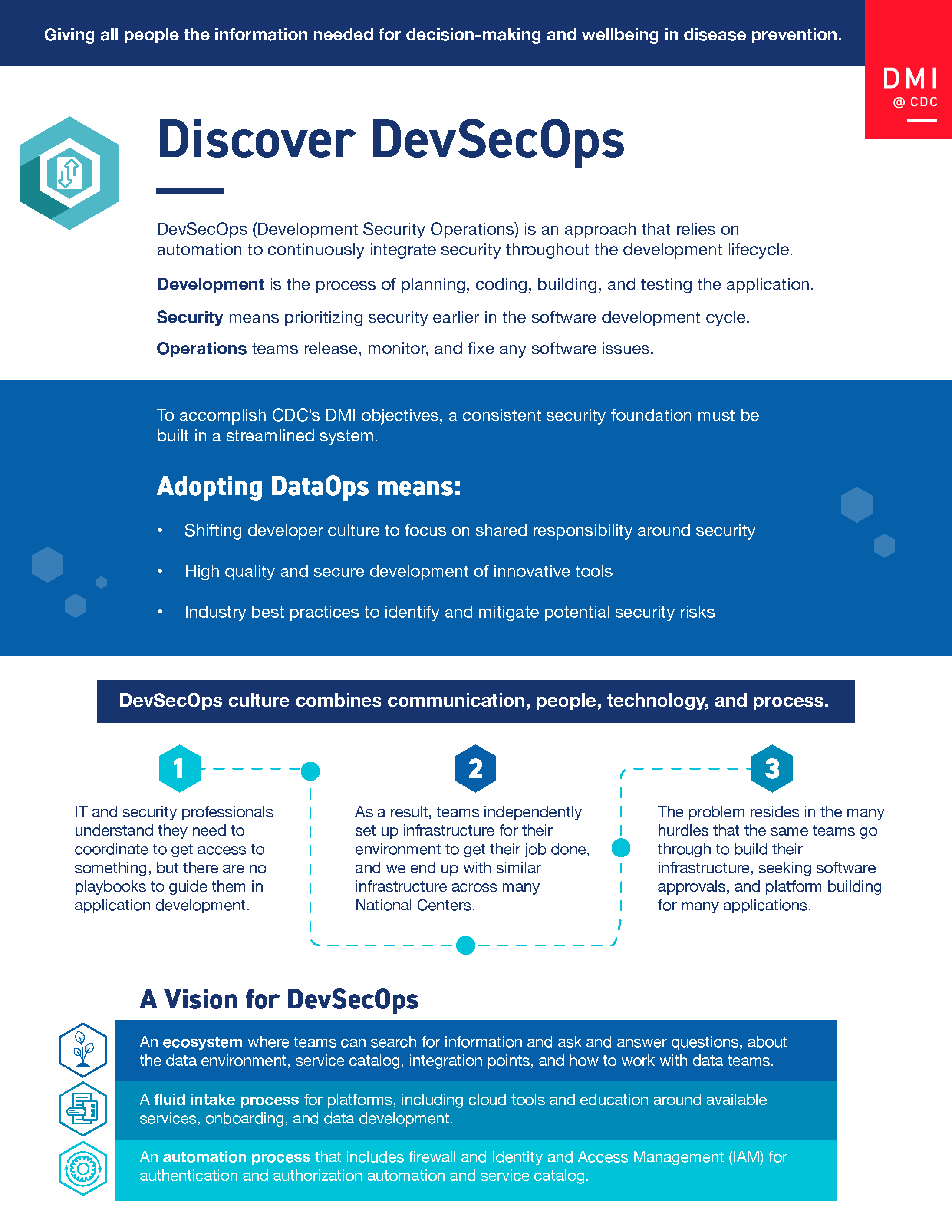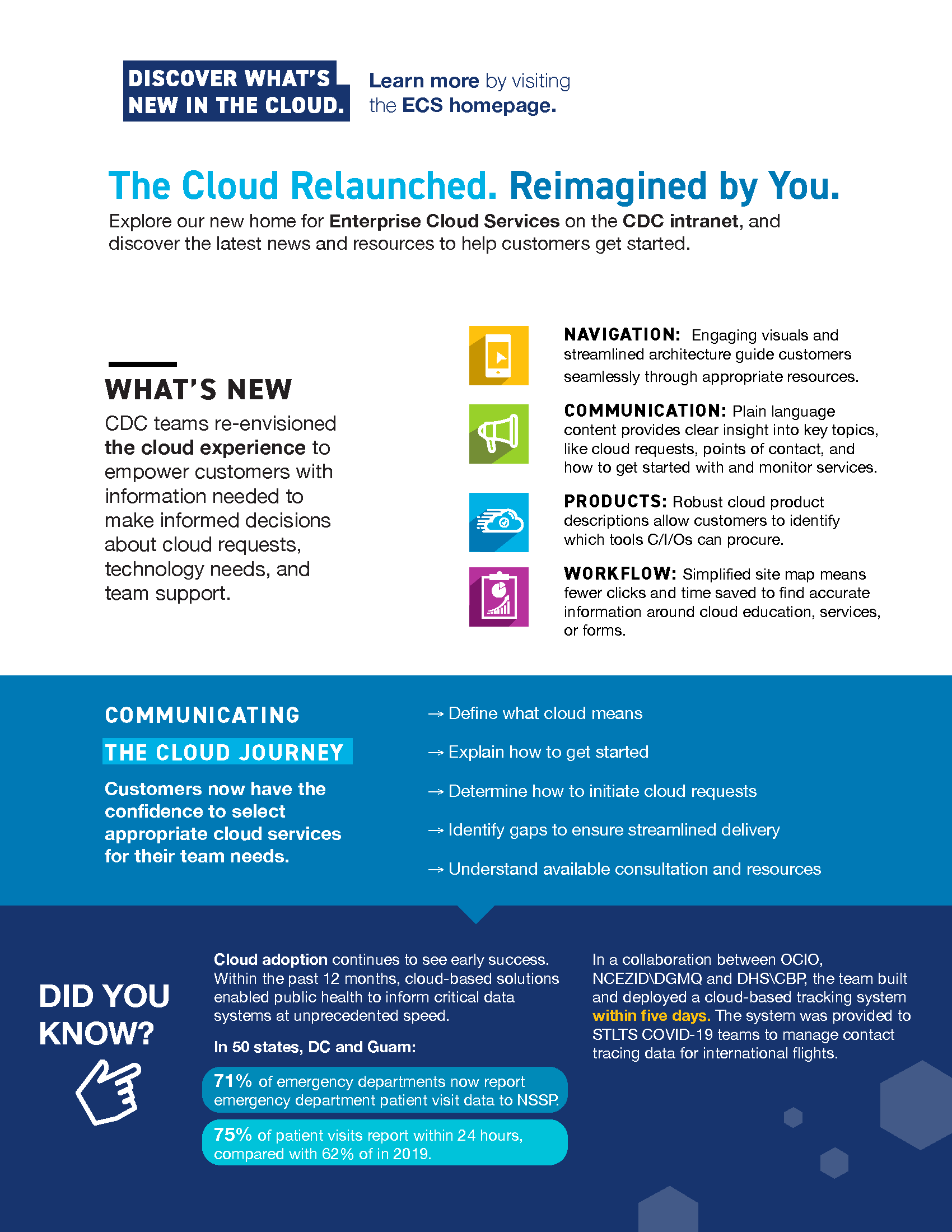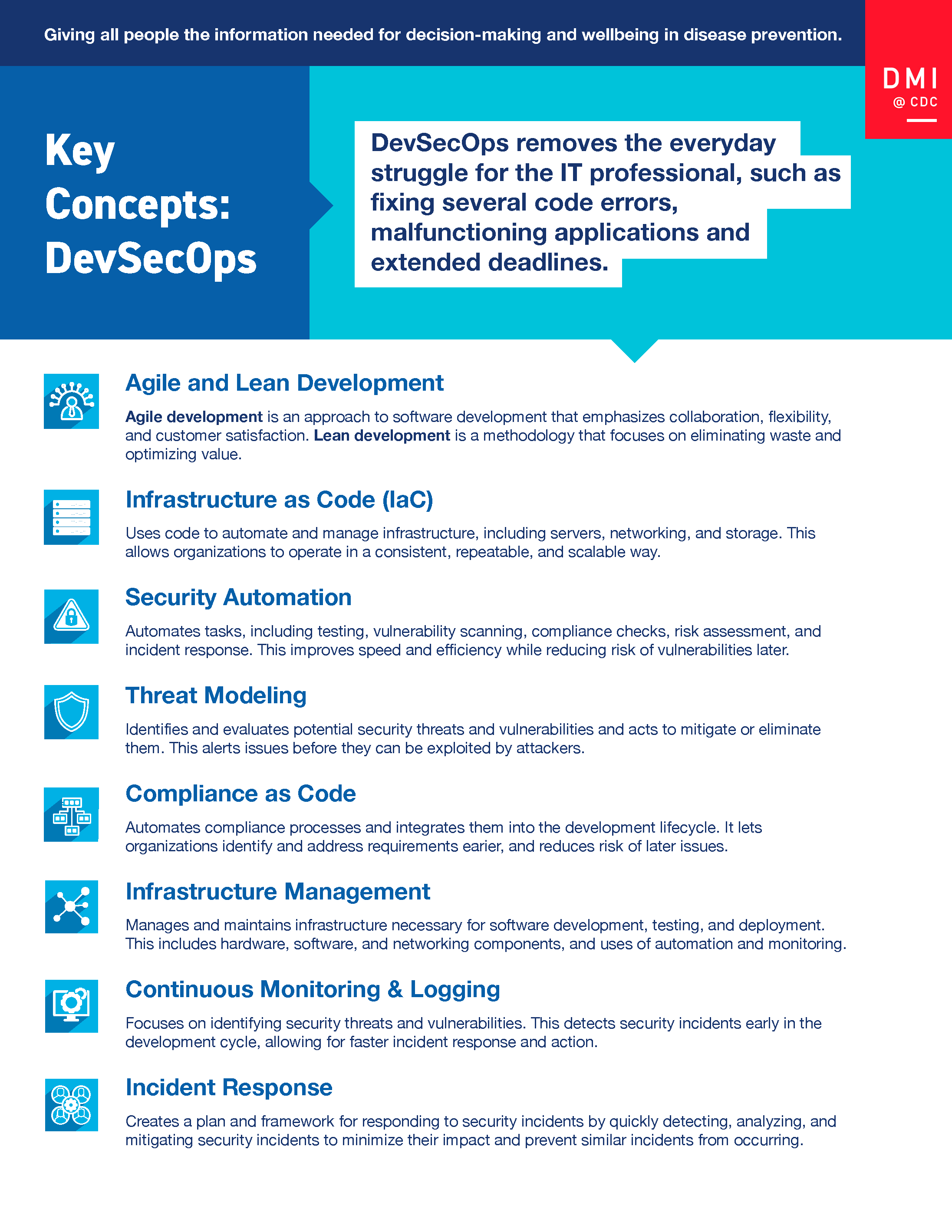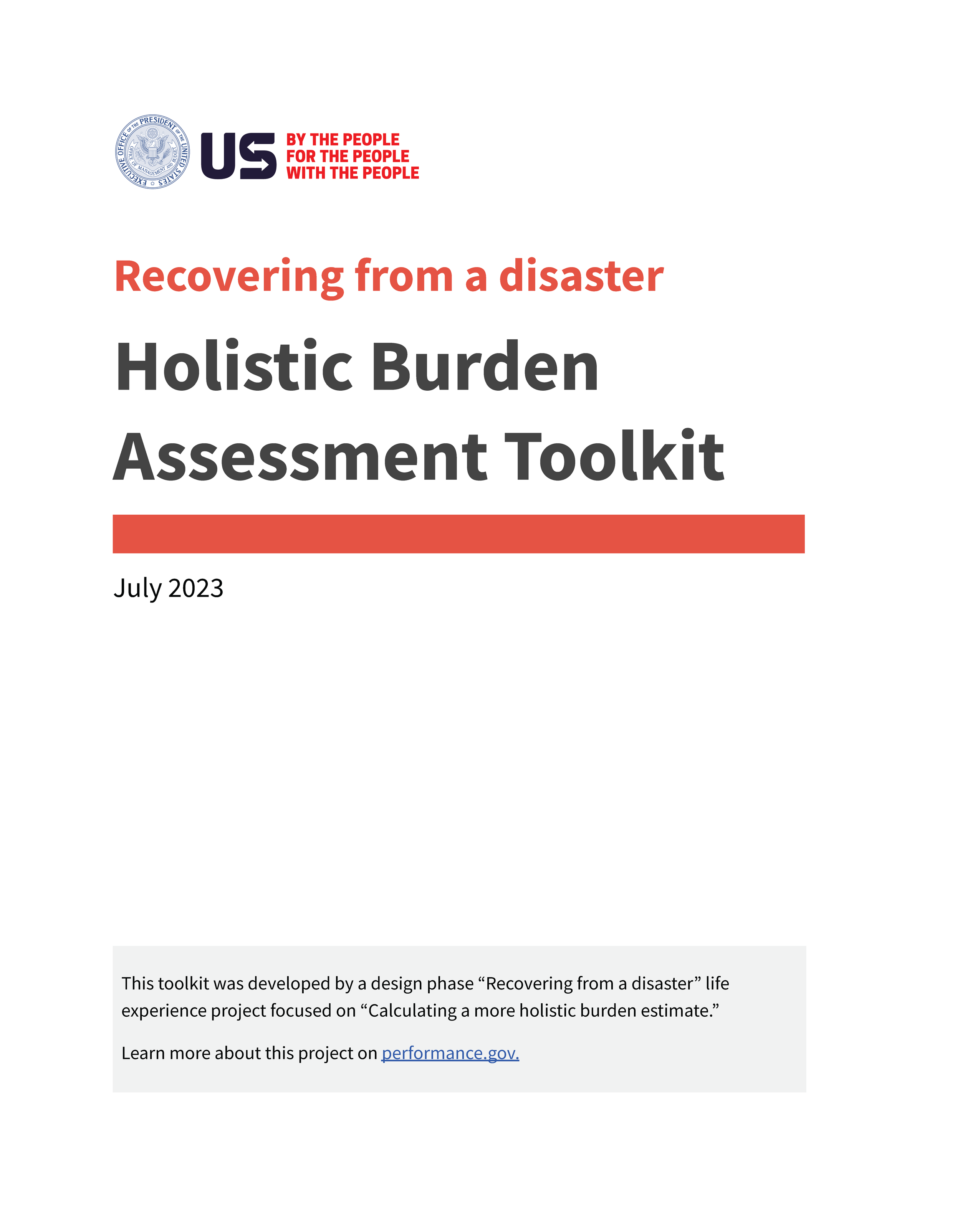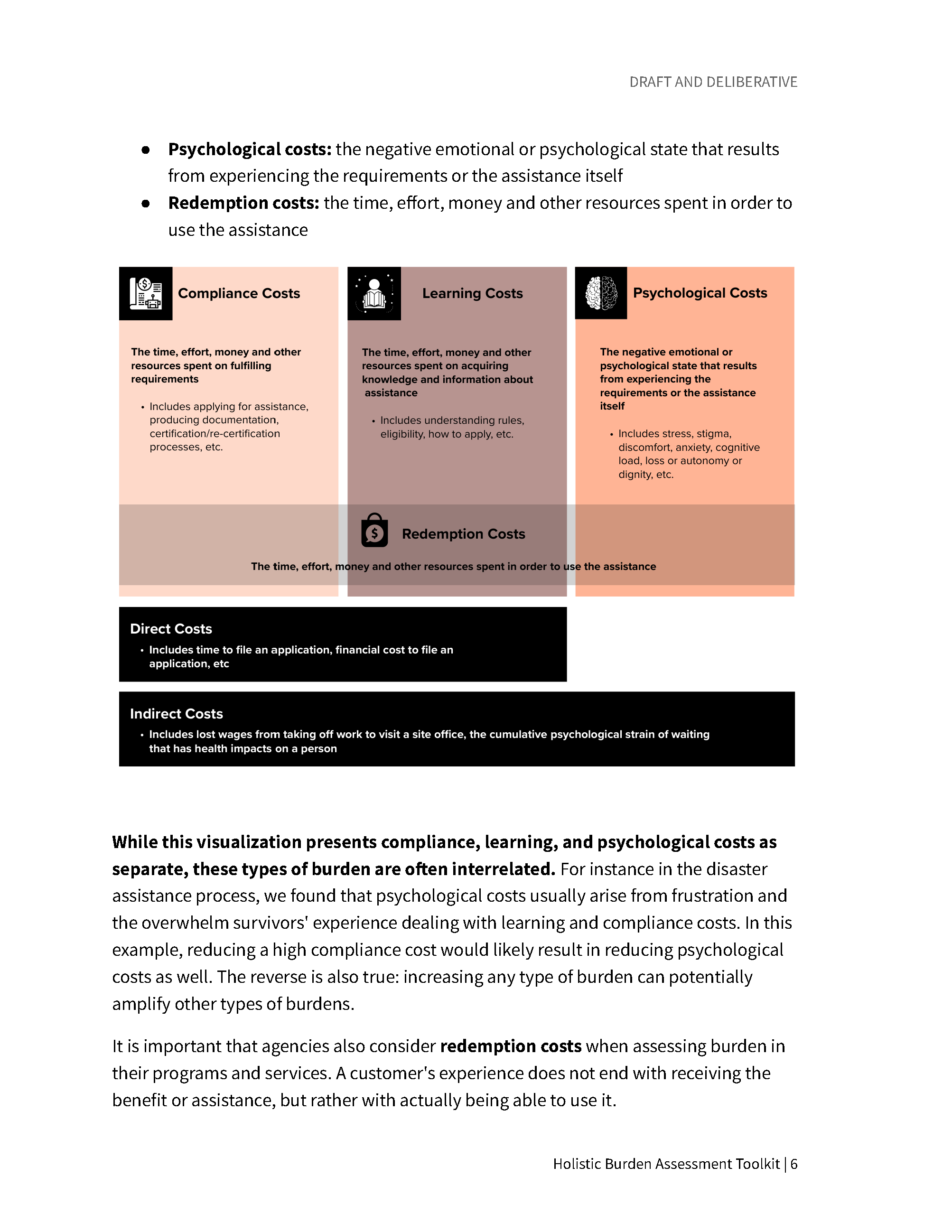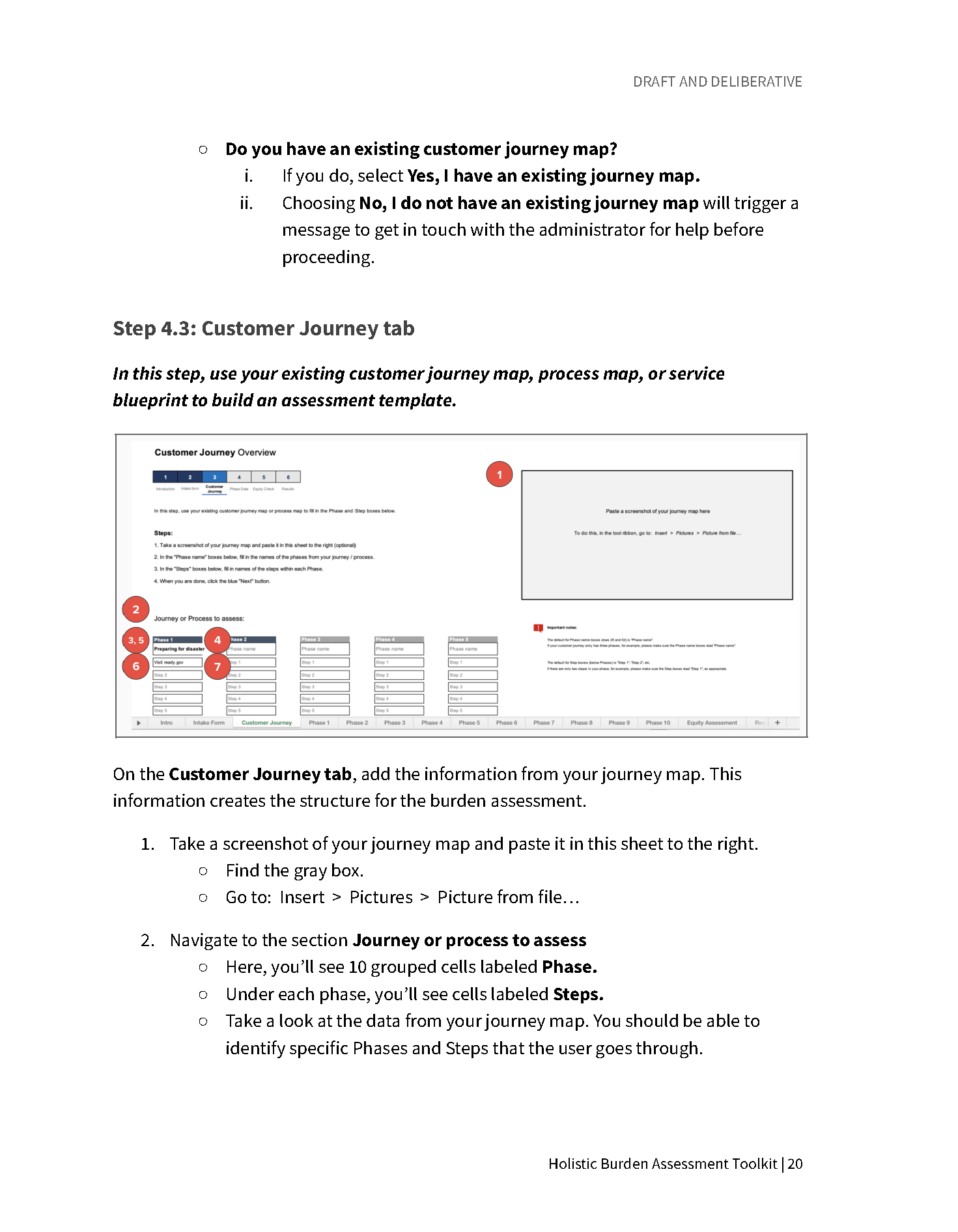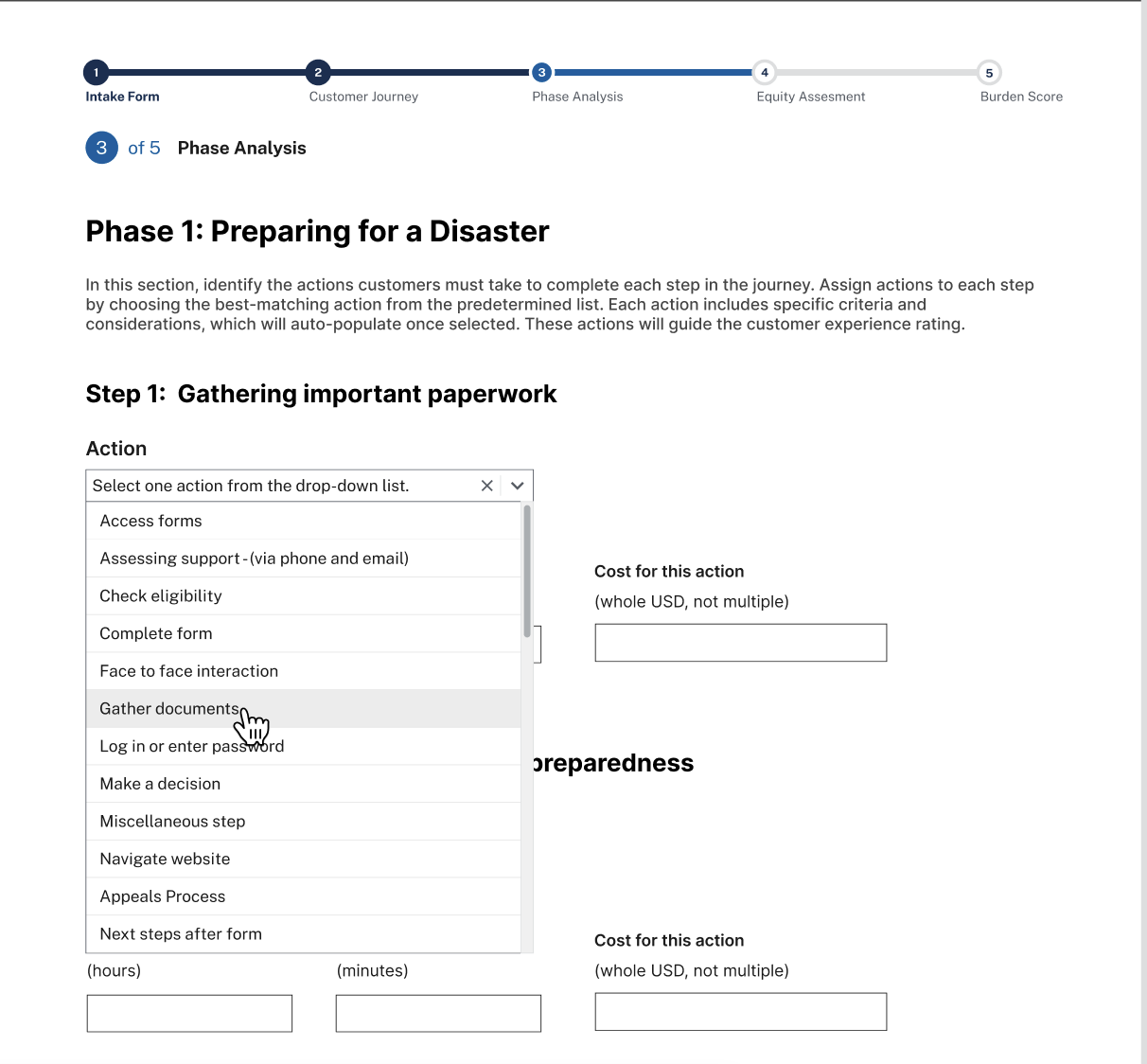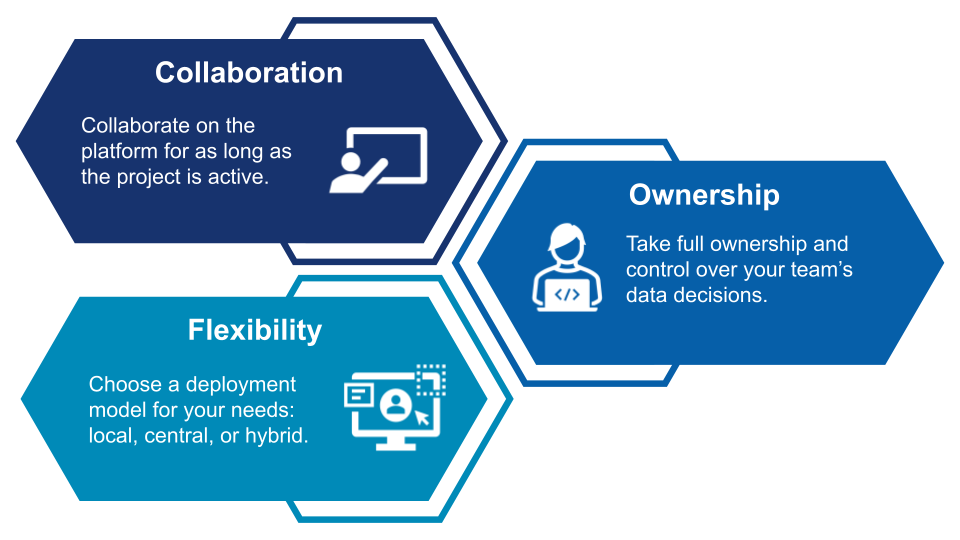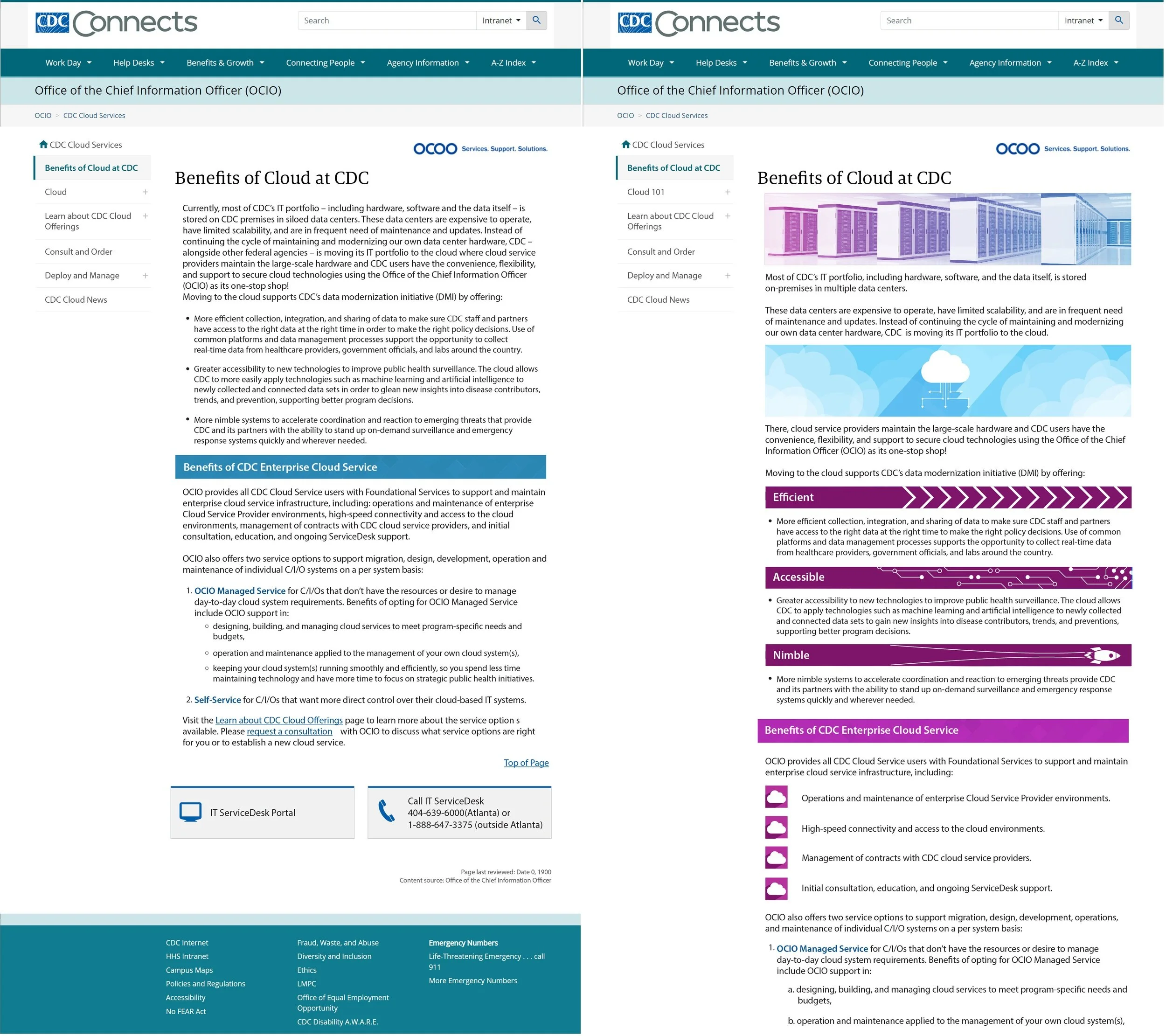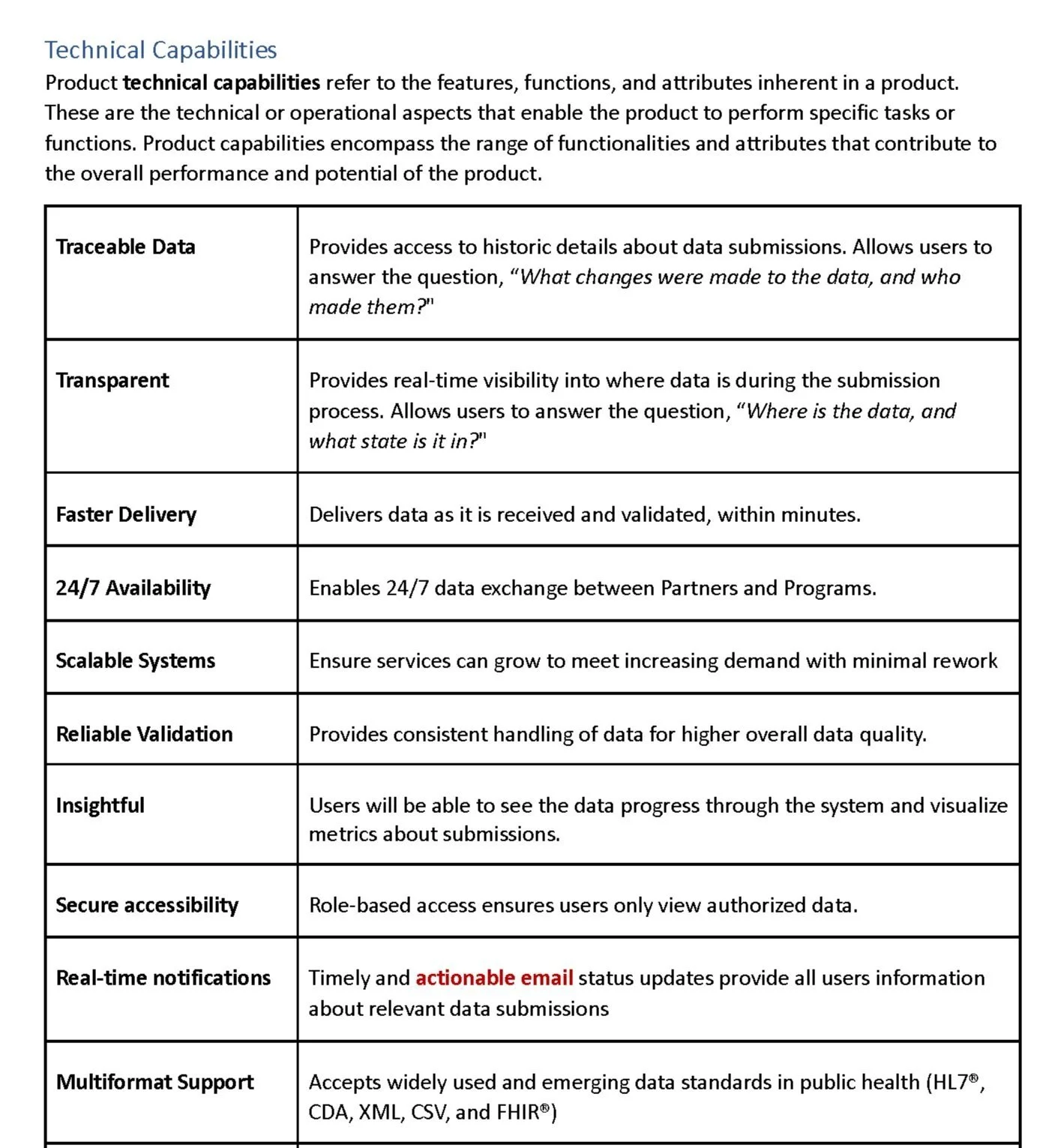Explore snapshots from my portfolio throughout this page. And, learn a bit about my process.
-
Content Toolkits
A set of one-pagers that highlight information and common questions: value proposition, product break down, key terms and phrases, and technical capabilities.
-
UX Writing + User Guidance
In-app content, SOPs. manuals, content governance plans, and product documentation.
-
Internet and Intranet Pages
Individual Intranet and SharePoint site pages to consolidate workstream content and communications.
-
Overview Decks
A set of slides to easily present high-level information about the workstream purpose, value, and impact for internal and external audiences.
-
Graphics
Visual suite for simplified graphic elements featuring product workflows, technical interactions, and data pipelines.
-
Language Frameworks
Outlines scope, key concepts, definitions, value, and messaging. Intended to be a repository of reusable, cleared messaging.
Click on each deliverable to get a closer look.
Making the complex, simple.
The goal is to get down to the basics. Plain language and clean content design are paired well with clear talking points and topline messaging.
I kick things off by teaming up with the product teams, designers, and SMEs to go through the key technical docs—think massive manuals packed with pages of details, text, and graphics. There’s a lot to sort through!
But here’s the thing. Different parts of the audience need different messaging across a tech suite. So, I work to strike the right balance: keeping the content clear and digestible without oversimplifying it or assuming they don’t know the subject.
Explore content in the lo-fi Figma protoype by clicking on any section.
Show, don’t just tell.
Explaining how components fit together work best when paired with clear visuals.
Diagrams, flowcharts, and annotated images make it easier to see how everything connects, bringing technical details to life. A well-placed visual can fill in the gaps, reinforce key points, and make even the most complex systems easier to understand for any audience.
Let’s get granular.
What does the product do? How does it help? The foundation of communication is understanding value. Part of what I do is define key terms and establish usage definitions.
Are technical terms better understood through implied knowledge rather than simplified versions? Does a single term have different definitions between audiences? Are these terms understood when interchanged (ex: "cloud-based" vs. "cloud-native")?
What’s the difference between commonly defined words versus those we are using to relay a specific idea (a "transparent" data process vs. a "visible" data process," or an "entry point" vs. "portal")?
